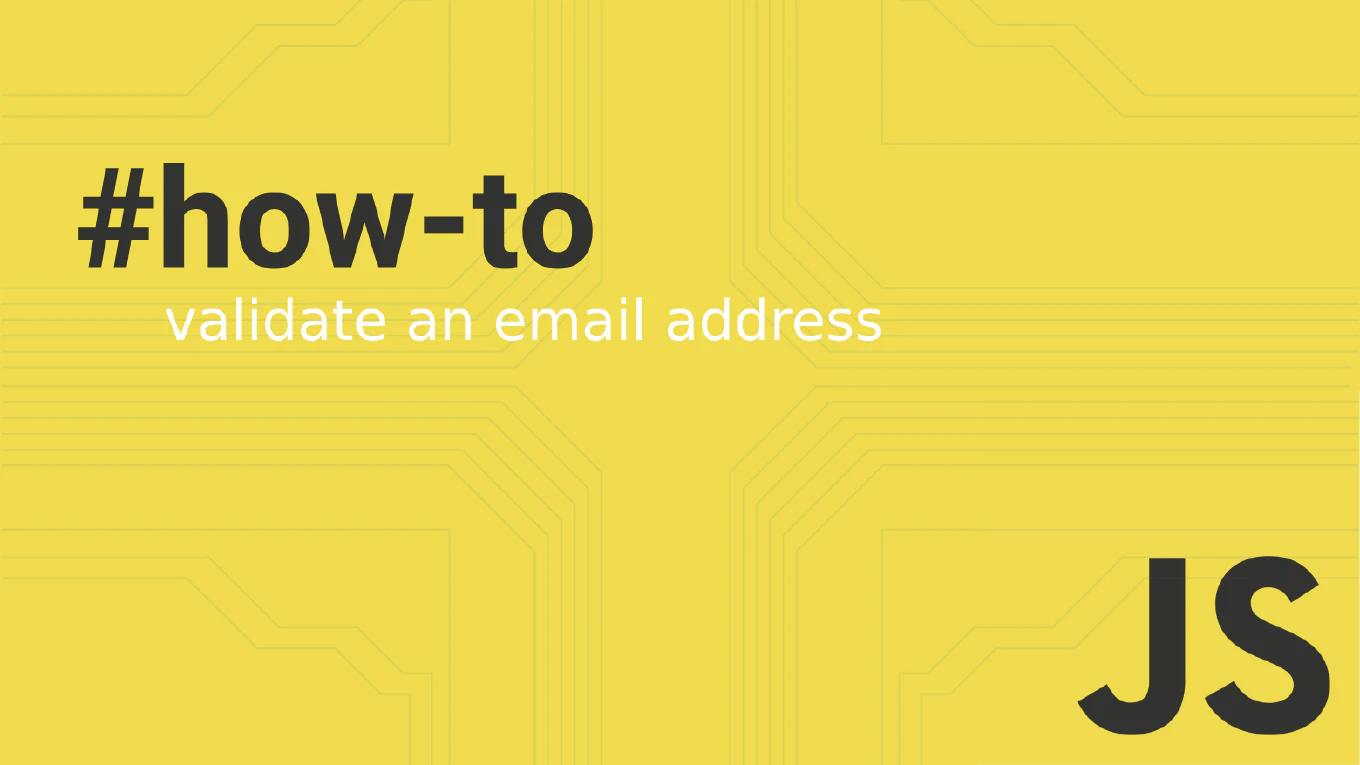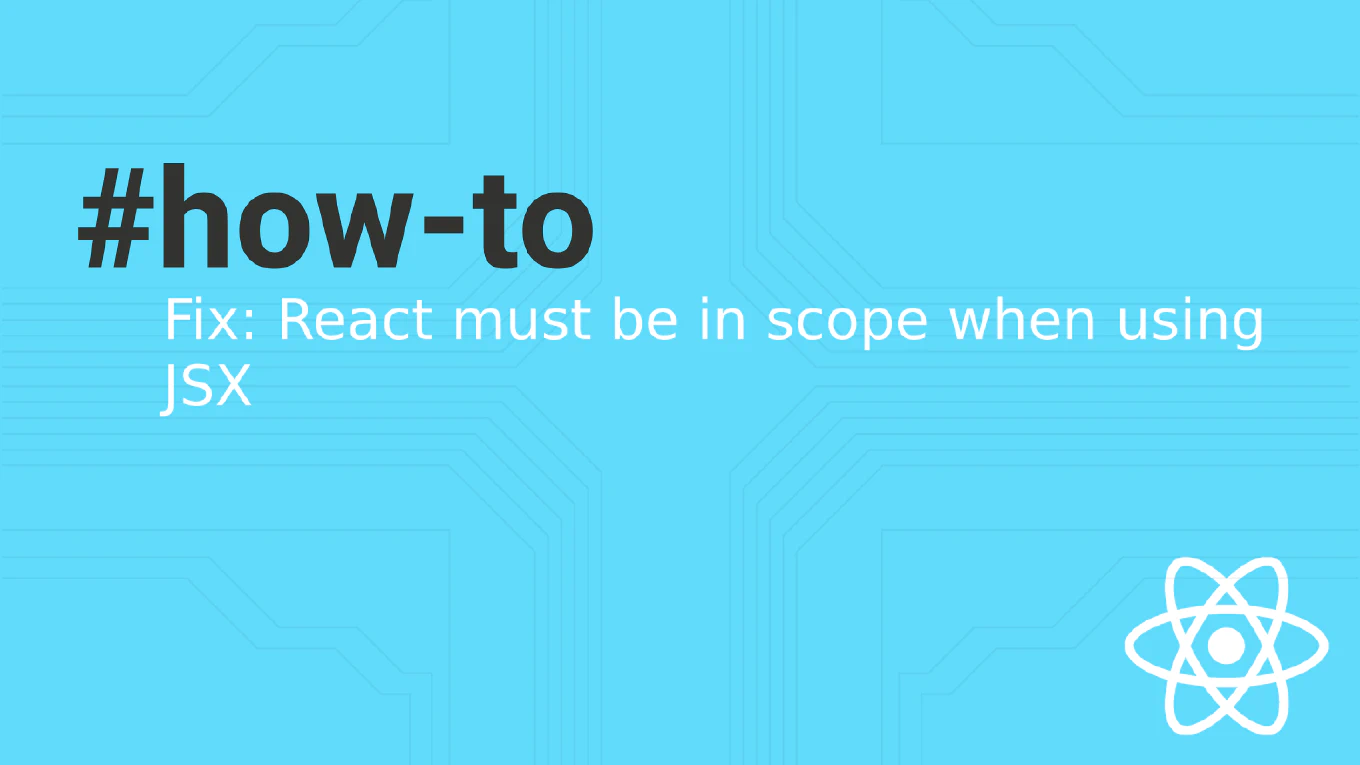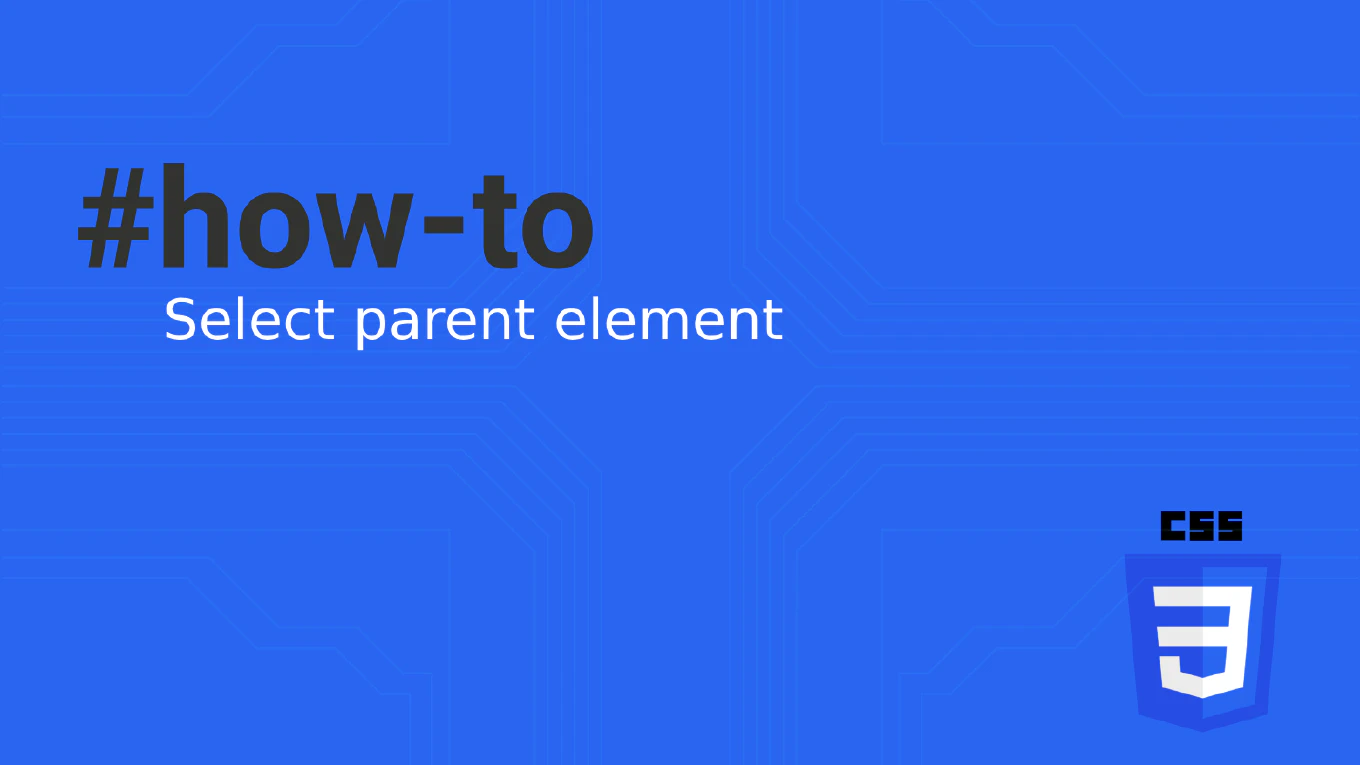How to remove a file from staging in Git
Removing files from the staging area allows you to exclude them from the next commit while preserving the changes in your working directory.
As the creator of CoreUI with extensive Git experience across numerous projects, I regularly unstage files when preparing selective commits or when files were added accidentally.
The most straightforward approach uses git reset HEAD with the file path to remove it from staging.
This method provides precise control over what gets committed while maintaining your working directory changes.
How to reset Pinia state
Resetting Pinia state is essential for logout functionality, form resets, and cleaning up application data when switching between user sessions or contexts.
As the creator of CoreUI with extensive Vue development experience since 2014, I’ve implemented state resets in numerous dashboard applications for user logout and data cleanup scenarios.
The most straightforward approach uses Pinia’s built-in $reset() method to restore store state to its initial values.
This method ensures complete state cleanup while maintaining store reactivity and subscriptions.
How to reset Vuex state
Resetting Vuex state is essential for user logout, form clearing, and returning the application to its initial state. As the creator of CoreUI with 25 years of development experience, I’ve implemented state reset functionality in numerous Vue.js enterprise applications. The most effective approach creates a dedicated reset mutation that restores state to initial values using a stored reference. This method ensures clean state management while maintaining predictable application behavior.
How to reset Vuex state
Resetting Vuex state to initial values is essential for scenarios like user logout, form clearing, and application state cleanup in Vue applications. As the creator of CoreUI with over 25 years of development experience, I’ve implemented state reset functionality across numerous enterprise Vue applications. The most effective approach is storing the initial state and creating a mutation that restores all or specific parts of the state. This provides clean state management with proper separation of concerns and maintains predictable application behavior.
How to reset forms in Angular
Resetting Angular forms clears form values, validation states, and restores forms to their pristine initial state for better user experience.
As the creator of CoreUI with over 11 years of Angular development experience, I’ve implemented form reset functionality in countless data entry applications and user interfaces.
From my expertise, the most effective approach is using the reset() method on reactive forms, optionally providing new default values for form controls.
This pattern ensures clean form state management and provides users with clear ways to start over or cancel their input.
How to Hard Reset in Git
A hard reset in Git completely discards all changes in your working directory and staging area, reverting everything to a specific commit state. As the creator of CoreUI with over 25 years of software development experience, I use hard resets carefully when I need to completely abandon current changes and return to a clean state. This operation is destructive and cannot be easily undone, so use it with caution.
How to reset a commit in Git
Resetting commits is crucial for cleaning up local repository history before sharing changes, allowing you to reorganize commits and remove unwanted changes.
As the creator of CoreUI, a widely used open-source UI library, I’ve used git reset extensively for local history cleanup over 25 years of development.
From my expertise, the most versatile approach is using git reset with different modes depending on whether you want to preserve or discard changes.
This provides precise control over how commits are undone and what happens to the affected files.
How to undo the last commit in Git
Undoing the last commit is crucial when you realize you made an error or committed prematurely and need to make additional changes.
As the creator of CoreUI, a widely used open-source UI library, I’ve needed to undo commits countless times during development over 25 years of software engineering.
From my expertise, the safest approach is using git reset --soft HEAD~1, which undoes the commit but keeps all changes staged for easy recommitment.
This provides flexibility to modify files before creating a corrected commit.
How to soft reset in Git
Soft reset in Git undoes commits while preserving all changes in the staging area, allowing you to recommit with better organization, improved commit messages, or different file groupings. As the creator of CoreUI, a widely used open-source UI library, I’ve used git reset –soft countless times across development workflows to reorganize commits, improve commit messages, and prepare cleaner history before sharing with the team. From my expertise, the most effective approach is using git reset –soft to move the branch pointer back while keeping all changes ready for immediate recommitting. This method provides safe commit reorganization with preserved work and flexible recommitting options.
How to reset a commit in Git
Resetting commits in Git enables you to undo commits and move the branch pointer backward, providing control over commit history and working directory state for fixing mistakes and reorganizing changes. As the creator of CoreUI, a widely used open-source UI library, I’ve used git reset extensively across development workflows to fix commit errors, reorganize history, and prepare clean commits before sharing with the team. From my expertise, the most effective approach is using git reset with appropriate modes (soft, mixed, hard) based on whether you want to preserve or discard changes. This method provides flexible commit undoing with precise control over working directory and staging area states.



